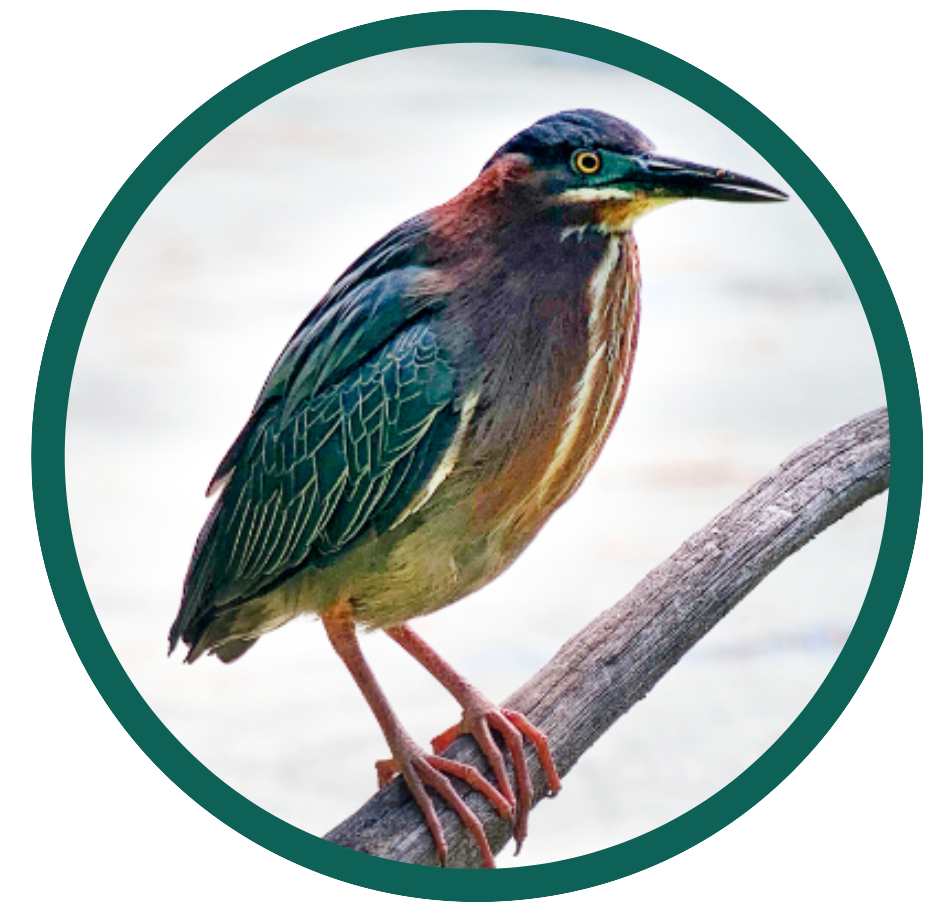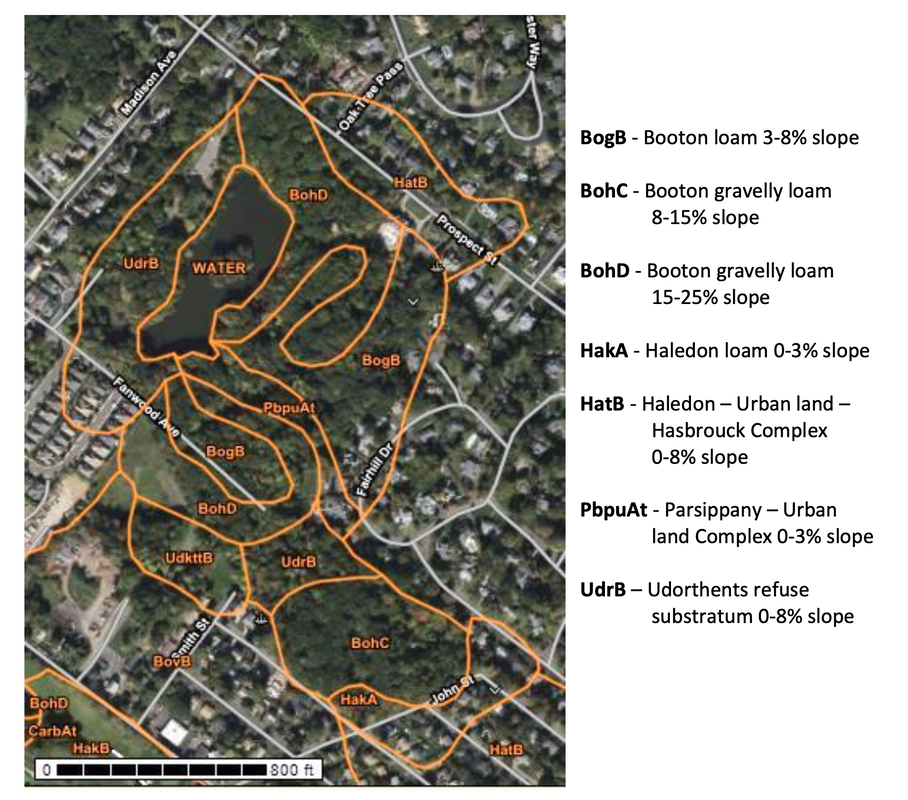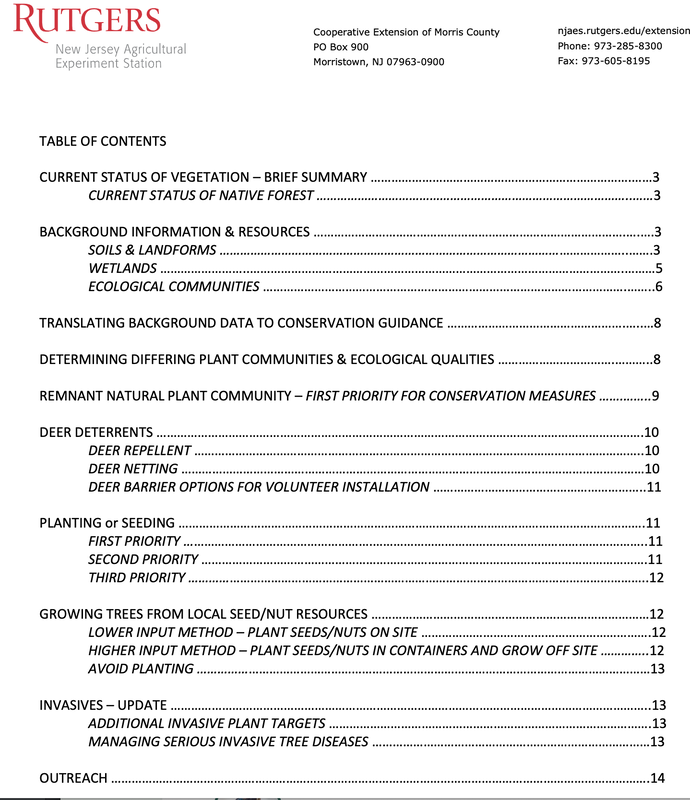Brightwood Park Site Visit by Rutgers Extension, Jean Epiphan
|
In October, 2023, we were delighted to host Jean Epiphan, an Agriculture & Natural Resources Agent and Assistant Professor at Rutgers University, to assess our preservation efforts at Brightwood, and give us guidance on how best to move forward.
Her report includes the exciting discovery of two species of native blueberry and azalea that are critical to protect and preserve. It also provides guidance for our restoration efforts. Thank you to Lois Kraus and the Green Team for arranging this visit. |
Snippets
Brightwood Park contains three ecological community types. They include:
- Northeastern Interior Dry-Mesic Oak Forest
- North-Central Appalachian Acidic Swamp
- Laurentian-Acadian Freshwater Marsh
CURRENT STATUS OF NATIVE FOREST
• In general, the understory is sparse and lacking growth, diversity, and populations of many
• In general, the understory is sparse and lacking growth, diversity, and populations of many
- species that would naturally persist if deer were not overabundant.
- • The few persisting seedlings or shrubs are all severely browsed to below 30cm in height.
- • There is very low recruitment of native seedlings regeneration, which may be partly from deer,
- but also could be due to high predation of seeds by native forest critters including deer. (Deer
- eat acorns too!)
- • There are remnant, yet diminished, inklings of understory natural plant communities on site that
- require immediate protection in order allow them to persist and grow.
REMNANT NATURAL PLANT COMMUNITY – FIRST PRIORITY FOR CONSERVATION MEASURES
During the site visit, we came upon a small patch of hillside blueberry (Vaccinium pallidum) and heavily browsed azalea seedlings that were difficult to identify to species; it could be swamp azalea (Rhododendron viscosum), or roseshell azalea (R. prinophyllum), or pinxter azalea (R. periclymenoides); the latter is most likely considering the microsite condition.
This is an example of a higher quality forest patch of the Northeast Interior Dry-Mesic Oak Forest ecological community that is paramount to conserve and protect from further deer damage and detriment.
The specimens and their genetics are irreplaceable.
During the site visit, we came upon a small patch of hillside blueberry (Vaccinium pallidum) and heavily browsed azalea seedlings that were difficult to identify to species; it could be swamp azalea (Rhododendron viscosum), or roseshell azalea (R. prinophyllum), or pinxter azalea (R. periclymenoides); the latter is most likely considering the microsite condition.
This is an example of a higher quality forest patch of the Northeast Interior Dry-Mesic Oak Forest ecological community that is paramount to conserve and protect from further deer damage and detriment.
The specimens and their genetics are irreplaceable.


